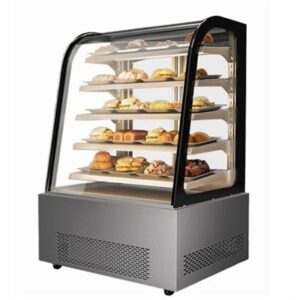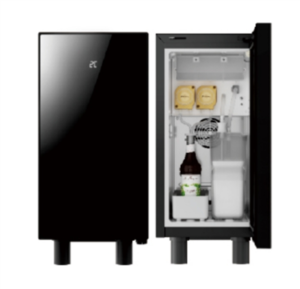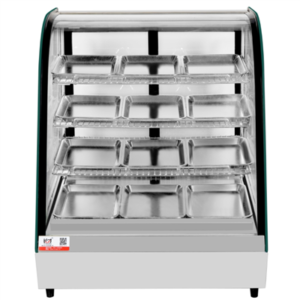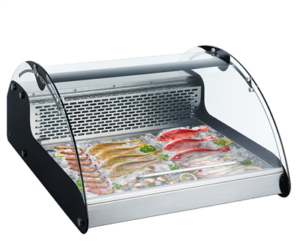A freezer that fails to cool properly can lead to food spoilage and energy waste. Here are the most likely reasons and actionable solutions:
1. Thermostat Issues
- Problem: Incorrect temperature setting or faulty thermostat.
- Fix: Adjust to -18°C (-0.4°F) and test with a standalone thermometer. Replace if unresponsive.
2. Dirty Condenser Coils
- Problem: Dust-clogged coils reduce heat dissipation, causing overheating.
- Fix: Unplug and vacuum coils (located at the back/bottom) every 6 months.
3. Faulty Door Seals
- Problem: Worn gaskets let warm air in, raising internal temperature.
- Test: Close a dollar bill in the door—if it slides out easily, replace the seal.
4. Overloading or Poor Airflow
- Problem: Blocked vents or overcrowding disrupts cold air circulation.
- Fix: Leave 10cm (4 inches) around items and ensure vents are unobstructed.
5. Defrost System Failure
- Problem: Frost buildup >5mm thick insulates coils, reducing efficiency.
- Fix: Manually defrost or check the defrost heater/timer in frost-free models.
6. Refrigerant Leak
- Signs: Hissing sounds, oily residue on coils, or gradual cooling loss.
- Action: Contact a technician—DIY repairs are unsafe and illegal in many regions.
7. Compressor Failure
- Symptoms: Loud humming/no clicking sounds, or the freezer feels warm.
- Solution: Professional repair or replacement (costs **600**).
Emergency Measures:
- Transfer food to a cooler with ice packs.
- Avoid opening the freezer unnecessarily.
Prevention Tips:
- Clean coils biannually.
- Test door seals yearly.
- Schedule professional maintenance every 2–3 years.




